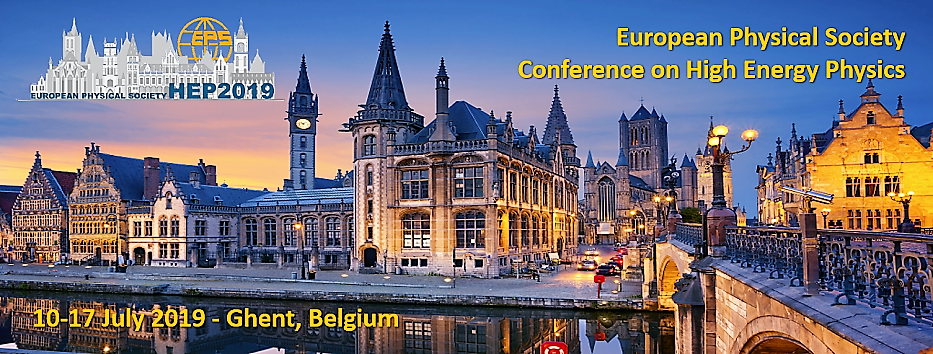Speaker
Description
The last decade has witnessed a remarkable progress in the knowledge of the Pontecorvo-Maki-Nakagawa-Sakata (PMNS) neutrino mixing matrix upon the first observation and today’s precision (~3%) measurement of the θ13 mixing angle by the reactor experiments; i.e. Daya Bay (China), Double Chooz (France) and RENO (South Korea). However, only the JUNO experiment (China) will open, for the first time, the sub-percent precision era. The measurement of the (“solar") θ12 mixing angle is expected to reach <1% precision (today: ~4%) soon upon data taking in 2022. The ("atmospheric") θ23 mixing angle ultimate knowledge depends on the DUNE (USA) and Hyper-Kamiokande (Japan) next generation beam experiments. The ultimate precision is expected to reach the ~1% level, despite the so called “octant” ambiguity. These same experiments are expected to provide the most precise knowledge on CP-Violation. Hence, sub-percent precision across the entire PMNS matrix is reachable within the forthcoming 2030 decade, only if a sub-percent θ13 measurement was possible. If so, the unprecedented opportunity for competitive unitarity exploration will open, including sensitivity to hypothetical evidence for physics beyond 3 neutrino families — a critical building block of the Standard Model. However, none of the running or proposed experiments can yield such a precision on θ13. Ιn this talk, we shall describe the necessary experimental steps needed to yield “the missing experiment” to reach the world best knowledge on PMNS unitarity. The new hypothetical experiment relies on a novel methodology and a new detection technique, called LiquidO, in active R&D demonstration. Both will be described as well as full systematics uncertainty feasibility for the firs time. One of the most powerful sites is in Europe, which is to be highlighted too. A publication in preparation, this talk will be the first release.
